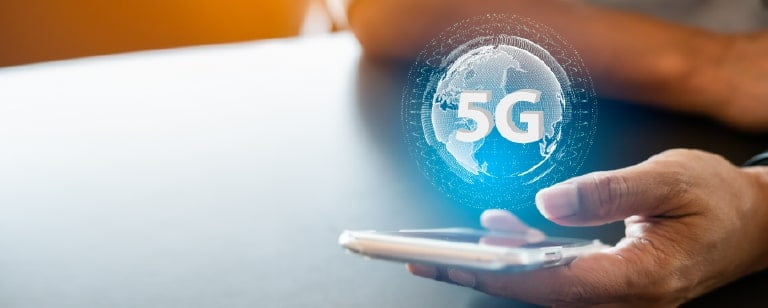5G & Patient Experience: The What, Why And How Explained

Key Learning Points
- The global rollout of 5G has started in earnest, and healthcare providers stand to benefit from the switch to this innovative technology
- With new services and solutions built on top of it, 5G has the potential to enhance patient experience and spur industry-wide change
- The healthcare sector is witnessing massive technology tailwinds recently, which is augmenting the rapid adoption of 5G
- In order to gain any traction, healthcare providers, as well as policymakers, jointly need to actively pursue the transition and seek to overcome the challenges in adoption
Introduction
Over the past few years, the healthcare sector witnessed a multitude of new and exciting advancements. With 5G on the horizon, healthcare is set for a quantum leap forward.
The new cellular technology has the ability to revolutionize patient experience in healthcare and promises to open new avenues.
As an emerging technology, there are many why, how, what, and other questions surrounding 5G.
This article will tackle these questions and provide a glimpse into how 5G will impact the healthcare sector.
What Is 5G?
5G is the fifth-generation wireless network technology capable of achieving speeds approximately 100 times faster than 4G’s while also handling vastly more connections. It also offers ultra-low latency (the time it takes for the network to process a request). For e.g., 5G can support speeds of up to 1 Gbps whereas 4G speed limit is between 20-50 Mbps. Similarly, 5G has an exceptionally low latency of 1-10 milliseconds as against 30-50 milliseconds in 4G.
Due to its technical superiority over other wireless protocols, 5G is expected to transform industries and their functions, including the healthcare sector.
In fact, research says, the global 5G market is expected to reach $667.90 billion by 2026, with a CAGR of 122.3% from 2021 to 2026.
Relevance Of 5G In Patient Experience
The healthcare sector already generates massive amounts of data every day. Various smart connected-care solutions such as IoMT, telehealth & remote monitoring are already delivering fruitful results in improving healthcare service quality, patient experience and reducing healthcare costs. However, widespread implementation of these innovations is constrained by the limitations of 4G, like network congestion and slow internet speeds.
The real-time experience is missing because 4G or the traditional fixed broadband infrastructure can’t transfer huge volumes of data at lightning speeds with extremely low latency. 5G technology has the potential to help resolve these challenges by offering some unique features of the most value to healthcare, such as high-speed data transfer rate, super-low latency, high bandwidth, and connectivity, etc.
5G offers immense possibilities for healthcare stakeholders to move to holistic data-driven personalized care, optimize medical resource utilization, offer care delivery convenience, and achieve increased patient satisfaction.
What Are The Healthcare Industry Trends Accelerating 5G Adoption?

Healthcare is already witnessing a digital disruption and with the rollout of 5G, this will be much faster. In fact, 5G in healthcare was valued at an estimated $215 million in 2021 and is projected to reach $3,667 million by 2026.
Let’s understand the recent trends in healthcare that may spur the adoption of 5G.
Rise In Remote Monitoring
The world’s population is anticipated to reach 8.5 billion by 2030, and 9.7 billion by 2050. With rising life expectancy, the global population will inevitably age. As the population ages and lifestyle diseases become more prevalent, the need for home care via remote monitoring increases. As per studies, 88% of hospitals have already made investments in remote patient monitoring technologies or plan to do so in the future.
While basic remote monitoring sessions are feasible over existing 4G and broadband connections, 5G can take these interactions a big step forward. With its ability to transmit sizeable data packages in real time, healthcare workers can add sensors and remotely monitor patients’ vital signs during calls.
Big Data Transmission Concerns
Big data analytics is making a remarkable impact on the healthcare industry helping medical researchers to use population data for new research and personalized care options. This report suggests that global big data analytics in the healthcare market is set to grow at a CAGR of over 19% and register a total market value of US$ 194.7 billion by 2032.
5G’s exceptionally high data throughput rate (approx. 10 Gbps) and support for massive connectivity across diverse devices (sensors/gateways/controllers) at the lowest latencies, create the ability to translate big data into real-time insights with actionable intelligence.
Advances In Internet Of Medical Things (IoMT) And Wearable Technology
The use of IoMT-powered healthcare devices and wearable medical equipment is gaining popularity, allowing patient data to be continuously monitored and transferred through cloud-based systems. In fact, 86% of doctors state that the usage of IoT devices like wearables allows them to increase patient engagement. Another study claims that the market for smart wearable medical devices was worth USD 13.8 billion in 2020 and is projected to grow to USD 37.4 billion by 2028, growing at a CAGR of 13.1% from 2021 to 2028.
Due to its sheer speed (100X faster than 4G), power efficiency, much lower latency, and support for many devices per node, 5G is the ideal choice to meet the demands of an increasingly connected healthcare ecosystem.
What Are The Challenges In The Adoption Of 5G In Healthcare?
Privacy And Security Concerns
One of the things about 5G is that its range isn’t great, especially when obstructions such as trees or buildings exist. As a result, telecom carriers will deploy many smaller cellular radios or antennas, called small cell networks, in areas that get a 5G signal — as close to each other as hundreds of feet apart to make 5G signals available inside building premises.
With 5G, massive amounts of data will be flowing through a large number of connected devices via small cell networks, imposing security and privacy risks of data leakage.
Therefore, policymakers must tighten existing patient privacy laws (HIPPA compliance) and develop new regulations in line with 5G. Furthermore, network providers must provide end-to-end security of data across mobile and IoT platforms and adhere to the healthcare sector’s high privacy regulations.
Device Compatibility & Coverage
The current 4G/LTE smartphones and healthcare devices that interact wirelessly over the internet are not compatible with the new generation of 5G networks. Therefore, OEMs have already started rolling out 5G-enabled smartphones and similar devices. Also, 5G technology is currently only available in a few countries within their metro/ urban areas, and telecom providers need to build an extensive infrastructure to overcome this challenge.
But all of this requires extensive testing for compatibility, performance, device heating issues, etc.
As a result, the success of the manufacturers and telecom providers in overcoming the difficulties will still be crucial for the general availability and subsequent adoption of 5G.
Patient-facing digital health solutions, such as HD virtual consultations, will be dependent on the adoption of 5G among consumers.
How 5G Is Transforming Patient Experiences
Fast Transfer Of Large Medical Image Files
5G is around 100 times faster than existing networks. Therefore, the large images produced by MRI and PET scans will be easier to transfer to care providers in different departments for immediate diagnoses, streamlining referrals, and access to expert advice.
Although this may not make much of a practical difference when transferring a single image file, for hospitals that transfer hundreds of such images every day it could be significant.
Telemedicine
According to research, it’s projected that 20% of all medical visits will be remote soon, while the telemedicine market is expected to grow at a compound annual growth rate of 16.5% from 2017 to 2023. Also, according to Deloitte, 77% of U.S. patients surveyed were highly satisfied with their virtual visit with a telehealth professional.
With 5G, telemedicine appointments can run smoothly without the disruptive lag or jitter that typically plagues VoIP communications.
Patient Monitoring
Through wearable medical gear and IoT-connected gadgets, 5G enables healthcare providers to stay informed about patient situations. It is possible to send a stream of data comprising a patient’s vitals for analysis and decision-making in real-time.
Robotics
By combining the 5G network with cloud healthcare platforms, big data, and AI, smart robots can be developed, effectively improving overall medical efficacy and patient experience by delivering personalized medical services. Some of the types of robots that can be applied in healthcare are
- Nursing robots
- Logistic robots
- Disinfection robots
- Intelligent service robots
Conclusion
5G can transform healthcare as we know it. While 5G adoption in the healthcare sector is still at an early stage and there are certain challenges, thinking a step ahead and preparing for the coming advancements is crucial. That will allow healthcare providers to stay on top of the changes and provide the best possible outcomes and experiences for their patients.
7Mins Read
Author | Sayan Nan




